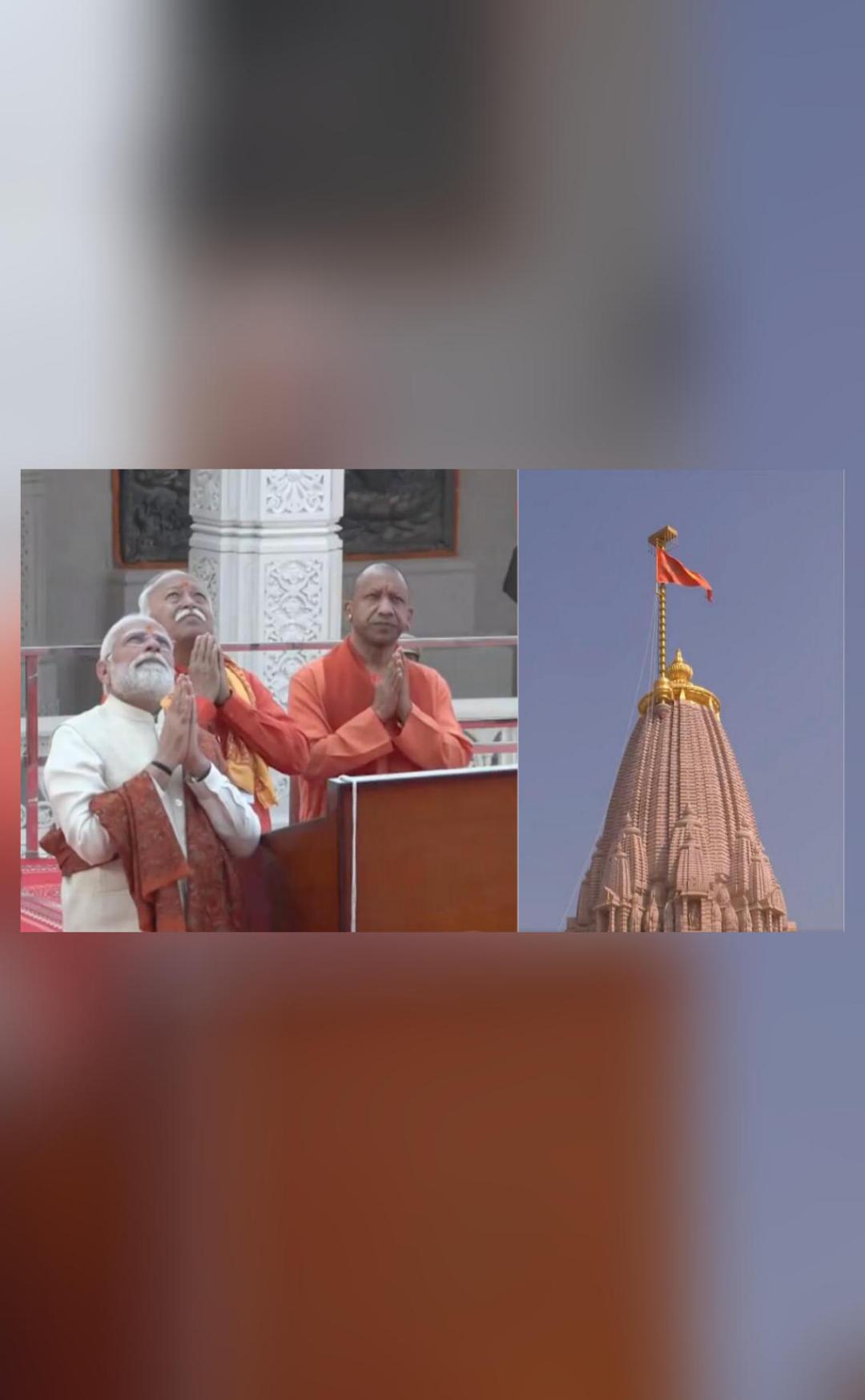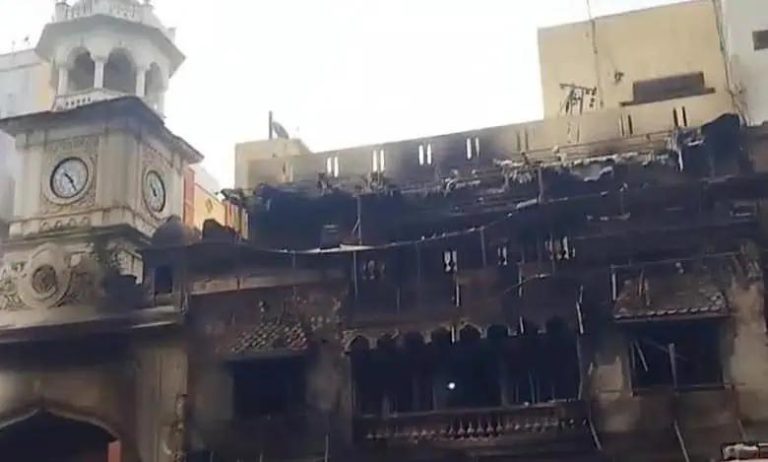
Souls who died for Ram Temple must be at peace today: RSS chief
The Ram Temple in Ayodhya, a site of great historical and cultural significance in India, has been a topic of contention and debate for decades. The temple, dedicated to the Hindu deity Lord Ram, has been a symbol of faith and devotion for millions of Hindus around the world. However, its construction has been marred by controversy, violence, and bloodshed. Many people have sacrificed their lives in the pursuit of building a grand temple at the site, which is believed to be the birthplace of Lord Ram.
Recently, the Rashtriya Swayamsevak Sangh (RSS) chief, Mohan Bhagwat, made a statement that has resonated with many Hindus across the country. He said that the souls of those who died for the Ram Temple must be at peace today. This statement comes after the ritualistic completion of the temple’s construction, which was marked by the hoisting of the saffron flag atop the temple by Prime Minister Narendra Modi.
Bhagwat’s remarks are a testament to the sacrifices made by countless individuals who have worked tirelessly towards the construction of the Ram Temple. Many of these individuals have faced immense challenges, persecution, and even death, but their dedication to the cause has never wavered. The RSS chief’s statement is a tribute to their unwavering commitment and devotion to the cause of building a grand temple at the site of Lord Ram’s birthplace.
The construction of the Ram Temple has been a long and arduous process, spanning several decades. The site has been a point of contention between Hindus and Muslims, with the latter claiming that the site is the location of a medieval mosque, the Babri Masjid. The dispute has led to numerous clashes, riots, and even bloodshed, with many lives lost on both sides. However, despite the challenges and setbacks, the Hindu community has remained resolute in its determination to build a grand temple at the site.
The RSS chief’s statement also highlights the role of countless individuals who have worked behind the scenes to make the construction of the Ram Temple a reality. These individuals, who have worked tirelessly in the background, have played a crucial role in bringing the dream of a grand Ram Temple to fruition. Bhagwat’s statement is a recognition of their efforts and a testament to their unwavering commitment to the cause.
The hoisting of the saffron flag atop the temple by Prime Minister Narendra Modi marks a significant milestone in the construction of the Ram Temple. The flag is a symbol of the Hindu faith and represents the triumph of good over evil. The ritualistic completion of the temple’s construction is a momentous occasion, one that marks the realization of a long-cherished dream for millions of Hindus around the world.
The RSS chief’s statement that the flag of “Ram Rajya” has been hoisted is also significant. Ram Rajya, or the rule of Lord Ram, is a concept that represents a golden age of peace, prosperity, and harmony. The idea of Ram Rajya is rooted in the Hindu epic, the Ramayana, which describes the reign of Lord Ram as a period of unparalleled peace and prosperity. The hoisting of the flag of Ram Rajya is a symbol of the aspirations of the Hindu community for a society that is just, equitable, and harmonious.
In conclusion, the statement by RSS chief Mohan Bhagwat that the souls of those who died for the Ram Temple must be at peace today is a poignant reminder of the sacrifices made by countless individuals in the pursuit of building a grand temple at the site of Lord Ram’s birthplace. The construction of the Ram Temple is a testament to the unwavering commitment and devotion of the Hindu community, and the hoisting of the saffron flag atop the temple marks a significant milestone in the realization of this dream. As the nation moves forward, it is hoped that the ideals of Ram Rajya will guide us towards a society that is just, equitable, and harmonious.
News Source: https://repository.inshorts.com/articles/en/PTI/8da4bb7a-8d2a-4e8a-a6ce-02ff211a2c9b





